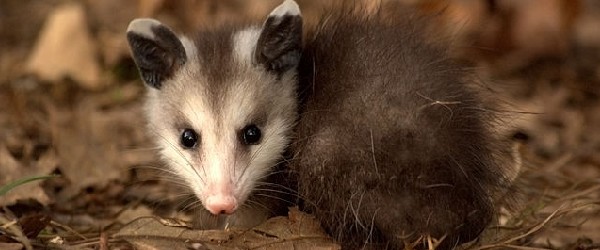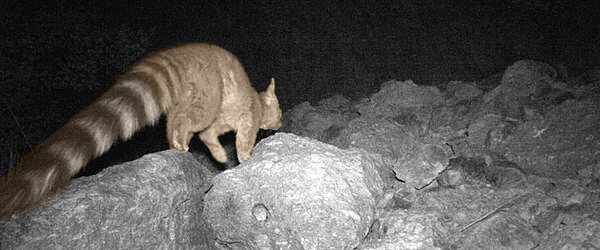North America's Marsupial
The Virginia opossum, scientifically known as Didelphis virginiana, is a fascinating marsupial native to North America.
Virginia opossums are about the size of a house cat. They have a pointed face, long snout, and hairless, prehensile tail that they use for gripping branches. Their fur varies in color from grayish-white to brownish-black, often with a lighter face and darker ears.
Research has shown that Virginia opossums have a remarkable resistance to certain diseases, including rabies. They have a lower body temperature than most mammals, which may contribute to their ability to survive infections that would be lethal to other species.

Reproduction
Opossums have a unique reproductive system among mammals. Females have a pouch where they carry and nurse their young, called joeys. They typically have large litters, with up to 20 joeys, but only a few survive to maturity due to high predation rates.
Virginia opossums are marsupials, which means they give birth to relatively undeveloped young. A newborn opossum is about the size of a honeybee and crawls into its mother’s pouch immediately after birth.
Inside the pouch, the joeys attach to one of the mother’s teats and continue to develop. The nursing period typically lasts for around 2 to 3 months.
After the nursing period, the joeys start to venture out of the pouch and explore their surroundings. This stage begins around 3 to 4 months of age.

By the time Virginia opossums are around 4 to 5 months old, they become more independent and start to forage for food on their own. They may still return to the mother for nursing occasionally during this time.
Around 6 to 7 months of age, young opossums become fully independent and start to disperse from their mother’s territory to establish their own territories.
Defense Mechanisms
One of the most famous behaviors of Virginia opossums is their ability to “play dead” when threatened. They enter a catatonic state, become limp, and emit a foul odor that deters predators. This behavior, known as thanatosis, helps them survive encounters with predators.
They’re likely to just open their mouth and show off their teeth at minor threats instead of playing dead. Reader’s Digest North American Wildlife says Virginia Opossums have 50 teeth, which is more than any other North American land mammal.

Habitat and Range
These opossums are highly adaptable and can be found in a variety of habitats, including forests, woodlands, swamps, and urban areas. They have a wide range that extends from southern Canada through the United States to Central America.
Look for their star-shaped tracks near streams and swamps.
Archeological evidence shows that the Virginia opossum was rare or absent north of present-day Virginia and Ohio when Europeans began colonizing this content. It is now in all New England states and southern Canada. Opossum ears may be lost and tails may be frozen back to a stub during severe winters in the northern parts of the range. Populations in the far west originated from people transplanting them.


Behavior
Virginia opossums are primarily nocturnal and solitary animals. They are excellent climbers and spend much of their time in trees, using their agile tails and opposable thumbs on their hind feet to grasp branches. They are also opportunistic omnivores, feeding on a diverse diet that includes fruits, insects, small mammals, birds, and carrion.
Opossums play an important ecological role as scavengers and insect controllers. They help clean up carrion and control populations of insects and other small animals, including deadly snakes.

While not as extensively studied as in some other species, there are observations of opossums using tools in captivity, such as using sticks or other objects to access food or manipulate their environment.
John Smith
National Geographic Society’s Wild Animals of North America says Captain John Smith introduced the western world to the opossum in 1608: “An Opassum hath an head like a Swine, and a taile like a Rat, and is of the bignes of a Cat. Under her belly she hath a bagge, wherin shee lodgeth… and sucketh her young.”
It also mentions that our opossum probably evolved in Mexico late in the Ice Age.




